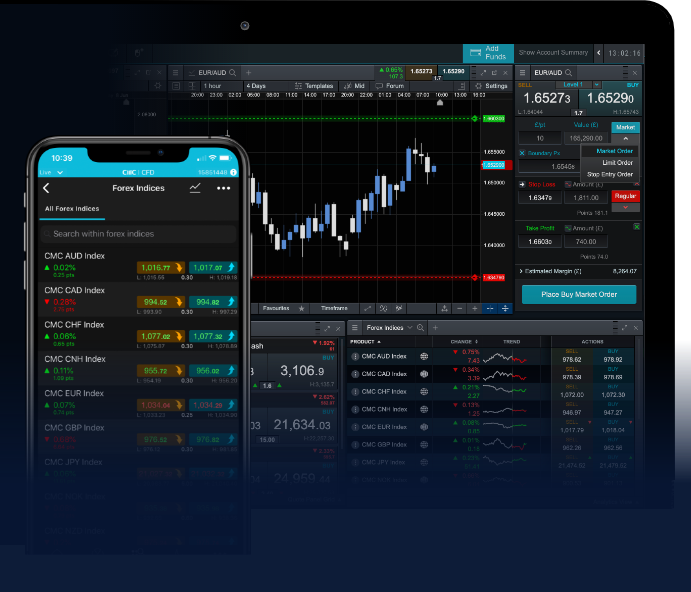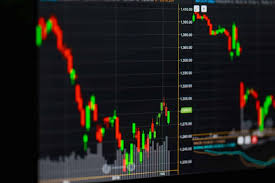
In the world of forex trading, understanding the nuances of market movements is crucial. One effective strategy that traders utilize is swing trading. It involves capitalizing on short to medium-term price changes, with traders often holding positions for several days to weeks. To enhance your swing trading strategy, understanding and using forex swing trading signals Trading Broker CI forex swing trading signals can be a game-changer. This article delves into the concept of swing trading signals, how to interpret them, and their practical application in trading strategies.
What are Forex Swing Trading Signals?
Forex swing trading signals are indicators or alerts that help traders identify potential opportunities to buy or sell currency pairs. These signals are generated based on technical analysis, which evaluates historical price data and employs various analysis techniques like support and resistance levels, moving averages, and momentum indicators.
The Importance of Swing Trading Signals
Utilizing swing trading signals is vital for several reasons:
- Time Efficiency: Swing trading signals save traders time by eliminating the need for constant market monitoring. Automated systems or subscription-based services can provide timely alerts, allowing traders to focus on decision-making.
- Improved Accuracy: Signals are based on statistical analyses that help traders make informed decisions. They reduce emotional trading by relying on data-driven strategies.
- Risk Management: Signals often come with predefined entry and exit points, making it easier for traders to manage their risk. Effective risk management is essential for ensuring long-term success in forex trading.
How to Interpret Forex Swing Trading Signals
Interpreting forex swing trading signals requires an understanding of the market and the indicators being used. Here’s how to effectively interpret these signals:

- Understand the Indicators: Familiarize yourself with the different types of indicators that generate swing trading signals. Popular indicators include Moving Averages, Relative Strength Index (RSI), Bollinger Bands, and Fibonacci retracement levels.
- Analyze Market Conditions: Always consider the broader market conditions. Economic news, geopolitical events, and overall market sentiment can influence price movements and should be factored into your trading decisions.
- Confirm with Additional Signals: Do not rely solely on one signal. Use multiple indicators to confirm trade signals. For example, if a moving average crossover generates a buy signal, check the RSI to ensure it’s not in overbought territory.
Developing a Swing Trading Strategy with Signals
Creating a successful swing trading strategy involves several steps. Here’s a basic framework to get you started:
1. Choose Your Currency Pairs
Select currency pairs that you are comfortable with and that have enough volatility to provide meaningful swings. Major pairs like EUR/USD or GBP/USD are often preferred due to their liquidity.
2. Define Your Entry and Exit Criteria
Establish clear criteria for entering and exiting trades based on your swing trading signals. For example, decide what constitutes a buy signal (e.g., a bullish crossover of moving averages) and a corresponding exit point (e.g., a specific profit target or stop-loss trigger).

3. Utilize Risk Management Techniques
Integrate proper risk management practices within your strategy. Only risk a small percentage of your capital on each trade, and utilize stop-loss orders to protect your investment.
4. Maintain a Trading Journal
Keep a trading journal to document your trades, the signals you acted upon, and the outcomes. Review this journal regularly to identify patterns, mistakes, and opportunities for improvement.
Common Mistakes to Avoid in Swing Trading
As with any trading strategy, there are common pitfalls to avoid. These include:
- Overtrading: Avoid the temptation to take many trades at once. Stick to your strategy and choose only high-quality signals.
- Ignoring Stop Loss Orders: Always use stop-loss orders. They are a critical aspect of risk management and can prevent devastating losses.
- Failing to Adapt: Markets evolve, so be ready to adapt your strategy based on changing market conditions. Regularly assess your trading approach to ensure continued effectiveness.
Conclusion
Forex swing trading signals can significantly enhance your trading capabilities by offering structured and systematic approaches to entering and exiting trades. By understanding how to identify, interpret, and implement these signals, you can improve your chances of consistent success in the forex market. Remember that trading is not without risk, and a well-defined strategy along with disciplined risk management is essential for long-term profitability.








